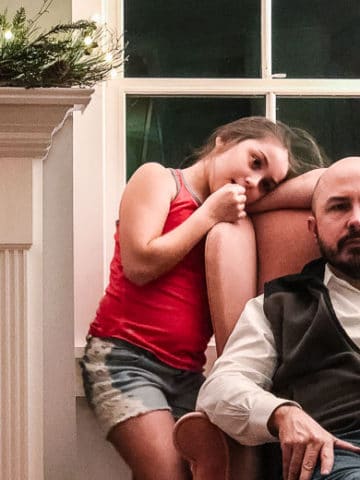
Breaking out the peat
I grew up growing things. Some of my favorite memories of being little include growing alfalfa sprouts in a glass pickle jar on a window sill and running out to our asparagus field with a paring knife following a rain to collect yummy new shoots. (I know, I still have to remind myself not to run with sharp objects.)
So when my oldest turned four I had to share the wonder. For the holidays that year, I received 64 small peat disks and some fun heritage seeds from my wife. My daughter and I broke out the peat and seeds way too late in the spring to be responsible but had as much fun as we could anyway.

By April 5th we had gently soaked each of the peat balls and planted the appropriate number of seeds within them for tomatoes, peppers, beans, watermelons, squash and several varieties of basil. Then we made charts of our "dirt balls." Carefully, though while giggling, my daughter recorded the type, number and location of the seeds in a table mimicking the arrangement of the peat balls in their trays.
With that complete, we proudly showed off the dirt ball chart to my wife and carefully placed the trays on the window sills of my daughter's room to get them the best southern exposure we could.
It is a good thing that we didn't need to subsist on the fruit of our dirt balls.
But for the bumpiness of our first season of growing and harvesting, little could have been more fun than watching my daughter's wonder at the transformation of a seed into a plant. Nothing could have been simpler as a lesson plan, either.
A tub full of basil
Each week the plants struggled their way into some form of success or disaster. Each week my daughter and I learned something new about plants—a smell, a shape, a stage—and something new about each other. The whole experiment, while it resulted only in a tub full of basil and some rather scrawny porch tomatoes, was a complete success.
This spring together we launched with vigor into making a garden. And all year we've talked about plants, photosynthesis, local food and family. I'll share more as there is more to share. But this experiment has been great so far.
Speak to you soon.







Joan says
Dear Cope,
Now I have hope for the future generation! Your willingness to bring your daughter into the WHOLE process of growing food, plants, vegetation etc. will no doubt also bring awareness of our land and how precious this resource, along with water is to all of us! Thanks for sharing AND inspiring!
Nana Joan
Cope says
Dear Joan,
Thank you for joining us and for your comment.
The whole process sure is fun. Any learning that requires scrubbing finger nails clean when it is done has a certain charm and is invariably memorable. The lessons I recall most vividly as little-Cope usually involved dirt, grass stains or both.
Growing up in New Jersey our daughters often notice when the land and water are not treated well. "What is that smell?" is a common refrain as we drive past gasoline storage tanks situated on former wetlands bordering I-95.
I'm not against gasoline-fired progress by any means - it has provided many benefits - but my hope is that my daughters are able to help make informed decisions about land and water when it is their turn to do so.
I also hope that our girls enjoy lives of informed eating. I have always enjoyed picking fruits and vegetables. I have found it easiest to do when I consider the way in which the food grew and how it came to us and how much longer it will need to ripen - if it ever will - to be delicious.
Having watched food grow and having helped cultivate even a little bit of it our girls will hopefully have a similar appreciation for the wonder of good ingredients and when they are are best.
Thank you again for joining us.
Speak to you soon,
- Cope
Cope says
Hey Pierre,
Thank you.
We do our best here at Umamigirl to make confessions as comfortable as possible. Thanks for yours. (Too funny)
I'll admit that I was snapped back to the importance of sharing where food comes from with our daughters in part by Barbara Kingsolver - and in part by Carolyn, of course.
Kingsolver's book Animal, Vegetable, Miracle resonated strongly with me. She is a wonderful, hilarious story teller whose book is a manifesto of sorts for those of us who do and should know a little more and a lot better.
With her reminder in my head, and Carolyn's food on our table, it has been easy to keep our girls focused - happily I will add - on exploring where there food comes from. Whether the experiment is dirt balls, fig trees or compost they get why it is interesting and why it matters.
And, again so do I.
Thank you for joining us and for your comment.
Be well,
- Cope
Pierre Bastien says
Hey Cope, that's a good thing you are doing for your daughter. I never really felt connected to plants until I was older. What a strange-sounding confession. Why did it get so quiet in here just now? But for real, with our agro-industrial-complex of the moment, it's easy to feel disconnected. It's almost like you need to develop your relationship with greens. The earlier the better!